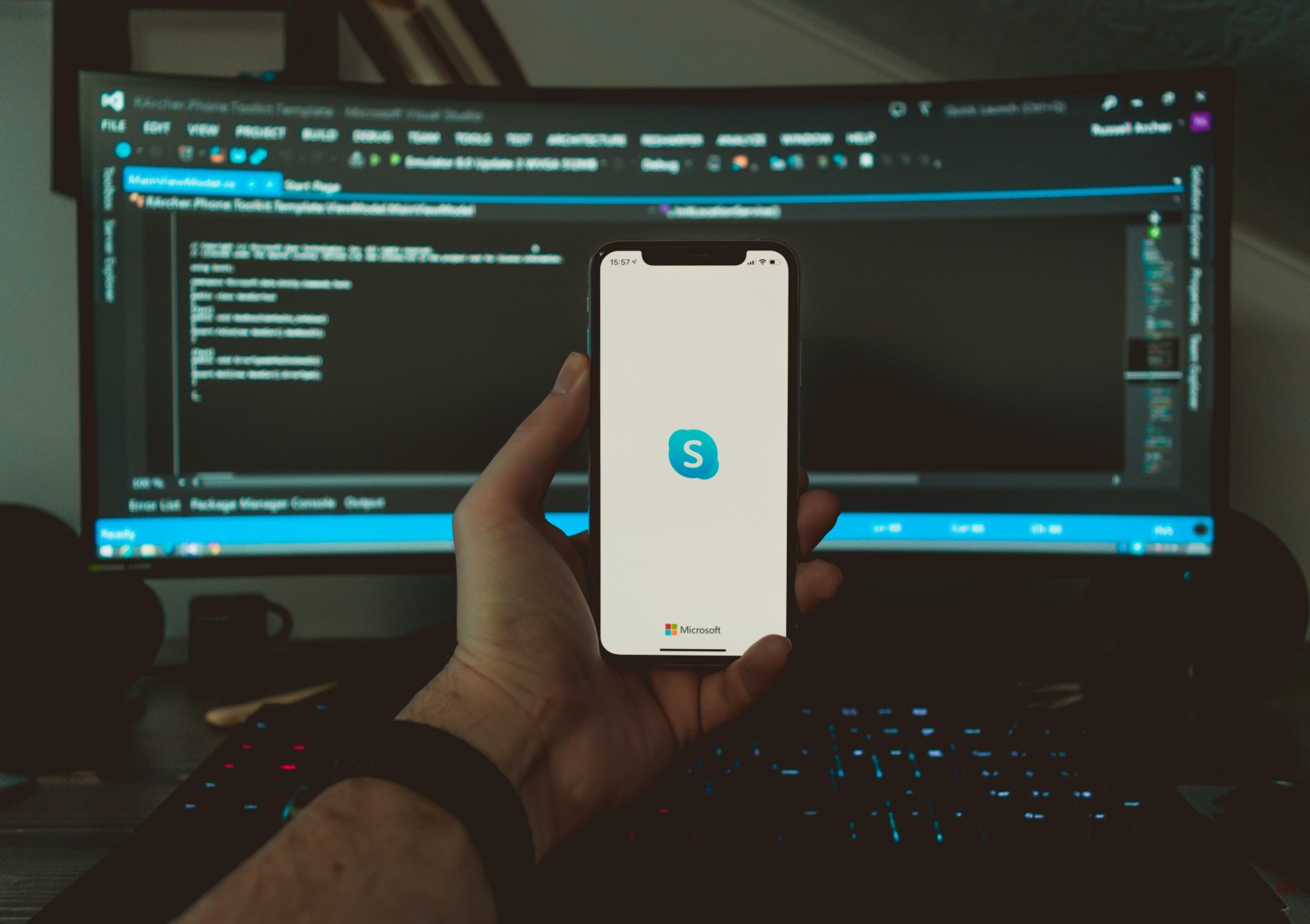During your first couple of years working remotely, you’ll often find yourself suddenly needing to learn new websites and apps just to keep your job running smoothly. These tools cover communication, time tracking, file sharing, collaboration, etc. We’ll walk you through the core platforms you’re most likely to encounter. It’ll save you time, help you prepare in advance, and make you more effective.
Adapting to new tools = more efficiency
The more new clients you work with, the more software you’ll need to understand just to maintain a working process. We’re talking about universal platforms useful to designers, developers, copywriters, and SMM managers alike.
Set up a convenient communication format
Here we wrote about how to build communication with teams and clients so everyone’s on the same page.
In small freelance setups, when you’re working directly with the project owner, a messenger and Google Drive will usually be enough. In this scenario, you can actually influence how communication happens. If your client uses Viber and sends briefs in long message threads instead of Google Docs, you can politely suggest another format. The key is to ask firmly but kindly — and explain the benefit. For example:
“Do you use Telegram? It would be much easier for us to chat there — we can create a group, attach files, and the interface is much cleaner.”
“Could we use Google Docs for the briefs? It’s great for leaving comments, and multiple people can view and edit the doc at the same time.”
.jpg)
If something about the communication setup bugs you — it’s better to address it early. Otherwise, you’ll end up frustrated by voice messages instead of text, random unscheduled calls, or long unreadable briefs. All of this impacts your workflow and can lead to conflict or burnout — or people just not taking the project seriously.
Software and mid-level freelance
Mid-level freelance means working part-time or remotely with a company. These clients already have set communication workflows, and you likely won’t be able to change them — so you’ll need to adapt. Expect to encounter five main types of platforms:
Messengers
Smaller teams often use Telegram, Slack, or sometimes Facebook Messenger. Slack might be unfamiliar at first — it’s a corporate messenger where you can create channels, share files, hop on calls, and search projects by tags. It’s kind of like Telegram, but centered around work and your team.

Online meetings
For team calls, you’ll likely use Skype for Business, Google Hangouts, or Zoom. Skype is pretty straightforward, while the other two are more like virtual conference rooms — you get a link, join in, and can even use fun backgrounds during meetings.
Collaboration and brainstorming
Sometimes you’ll need the virtual equivalent of a whiteboard, markers, and sticky notes. Mural and Miro offer that — they’re online boards where multiple people can work in real-time. Sketch out diagrams, stick notes, and visualize your ideas. Great for internal meetings and client presentations alike.
Task tracking and project management
For assigning tasks and tracking time, teams use tools like Asana, Trello, or Jira. They all look fairly similar: you get added to a project, receive tasks, and can assign them to others. Each task has an assignee, time estimate, deadline, and brief. Most of these tools also have calendars to help manage your weekly/monthly workload.
File sharing
We recommend creating a Google Drive folder for every project. Store all working files, drafts, layouts, notes, and SMM content there. Share links via your chosen messenger. This will save you from digging through hundreds of messages just to find that one file in Telegram.
How to deal with frustration
All this task setting, time tracking, and assigning roles can feel like pointless bureaucracy. But it’s better not to resist it — use these tools to your advantage. Task managers can help prevent burnout. If a client tries to overload you, you can point to the system and say: “To do this, I’ll need more hours — and therefore more pay.”
The biggest struggle is often resistance to new tools. When someone asks you to use a platform you don’t know, it’s easy to shut down or put it off. But the best approach is acceptance and patience. Say to your manager: “I haven’t worked with this platform before — could I take 2 hours to learn the interface?”
In our coaching program *Freelancer: The Big Game*, you’ll learn how to work with briefs and specs, communicate with clients, manage your time, and distribute tasks to meet deadlines. You’ll also build a strong portfolio and freelance profile — and learn to send proposals no one can ignore.
